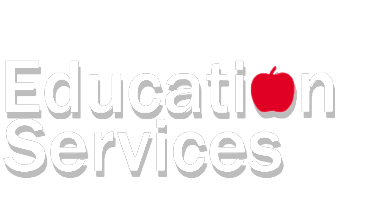COMMON CORE CURRICULUM – CONTINUED
Note: This post was written by a guest author.
Last month, I wrote about the Common Core Curriculum and its failings. It is not addressing the “core” problem of our students. The real common core problem is that many students can’t read well, or not at all. And, the “can read” group doesn’t get it … what it really means to be in the “can’t read” group. If you can read this article, you’re definitely in the “can read” group.
THE “CAN’T READ” GROUP:
- Can’t read words or comprehend a meaning
- Can’t use a dictionary (Can’t spell the words to find them and then can’t read the definitions.)
- Can’t understand math word problems
- Can’t follow written directions
- Can’t read or comprehend schoolwork
- Can’t respond to questions in writing
- Can’t fill out a job application
- Can’t write checks or own a checking account (You have to be able to spell number words and who you are writing the check to in order to use a checking account.)
- Can’t read medicine bottle instructions
- Can’t help your child with school or read to your child.
These are some of the things that 90 million adults in our country may not be able to do if they can’t read well. And, millions of children in our classrooms can’t do them either.
HOW DO WE FIX THIS PROBLEM? AND, IS IT A CRISIS?
- Improve our college teacher-training programs. Colleges teach reading theory, not reading methodology. There is a critical difference between two words. A theory is an idea and a method is a step-by-step approach. Our teachers graduate from college with lots of ideas, but no concrete methods on how to teach reading. (Don’t believe me, ask a teacher how they teach reading. You will be amazed at the answer. The answer should not the name of a program or textbook.)
- Write to both the Ohio Department of Education and U.S. Department of Education. Point out that the Common Core Curriculum will not solve basic skill deficits for children (and your child).
- Tell your teacher that memorizing a long list of words is not a way to learn to read. Students need to understand basic phonics and also syllables. They need to be able to read words and spell words in order to learn complex concepts required in today’s economy.
- Let’s start teaching math facts and computation skills again in our classrooms. In the 50’s, when I went to school, first graders learned to add (and add well), second grade was subtraction, third grade was multiplication and fourth grade division. We started to learn fractions, decimals and percentages in the fifth and sixth grade. And we reviewed all of this in the seventh and eighth grade. Through this all we conceptualized place value, story problems, etc. Then we learned algebra and geometry in high school … we were ready for it then.
Today our Common Core Standards require kindergartners to add and subtract and learn basic algebraic principals.
- Recognize the child development principals of Piaget. Developmentally many children are not ready to learn to read until age 7. Yet we have required more and more of our 4, 5 and 6 year-olds. Some are ready, but many are not.
- Sympathize with your child’s teacher(s) and principal about the new Common Core dilemma.
I know that the principles behind the Common Core are sound. However, they are sorely misguided in our current education system. To state that our children will be work ready and college ready because we have set high standards doesn’t make it so. Many of our children still are not literate. Many of our children and adults still can’t read, spell or compute at the most basic level. Telling them they must answer complex questions or write well is unrealistic. They can’t read!
Let’s teach our children basic skills now! Let’s teach our kids to read, spell, compute and THINK.







